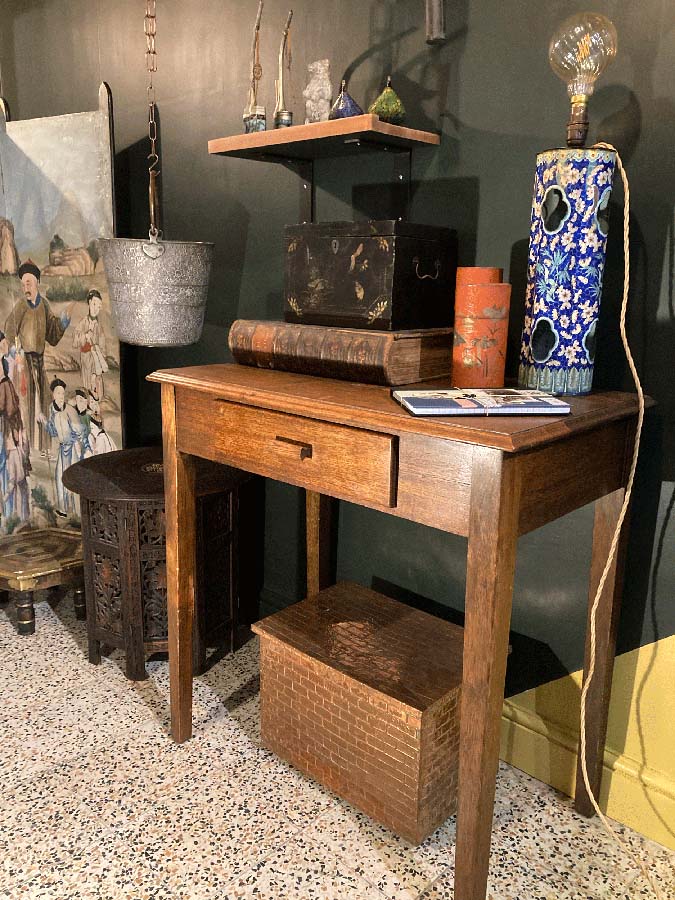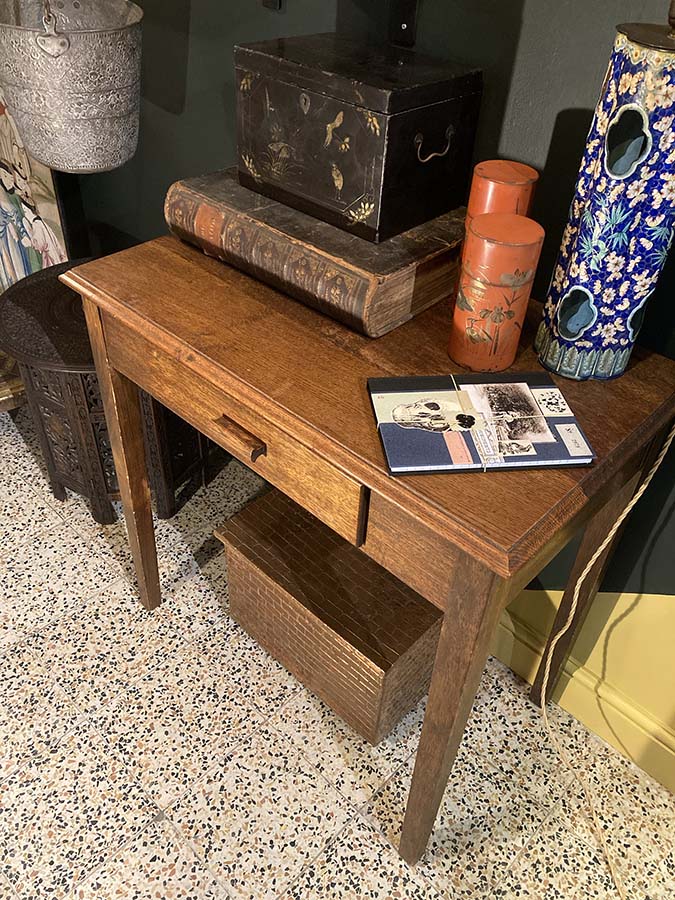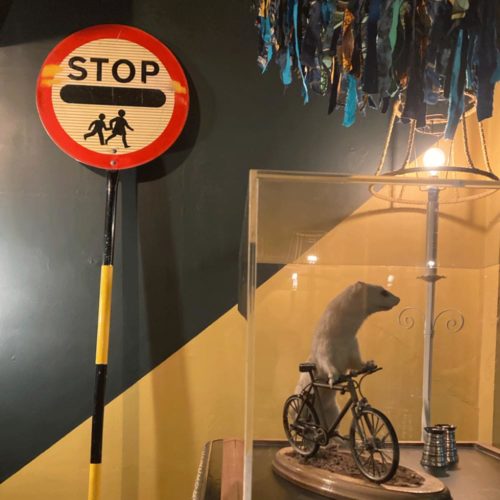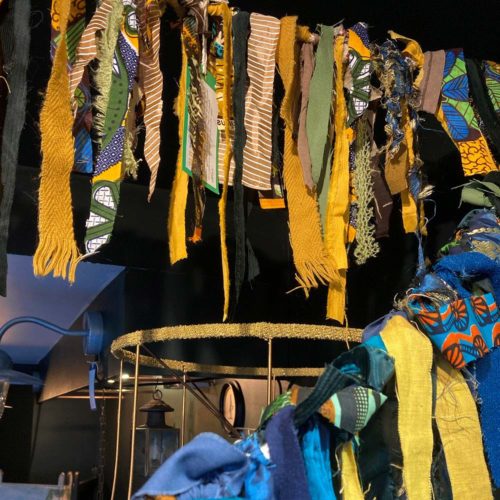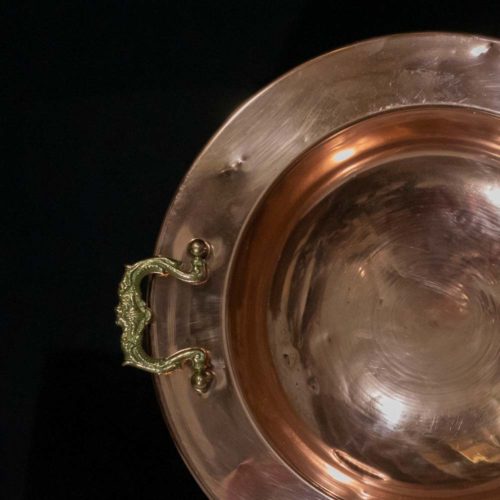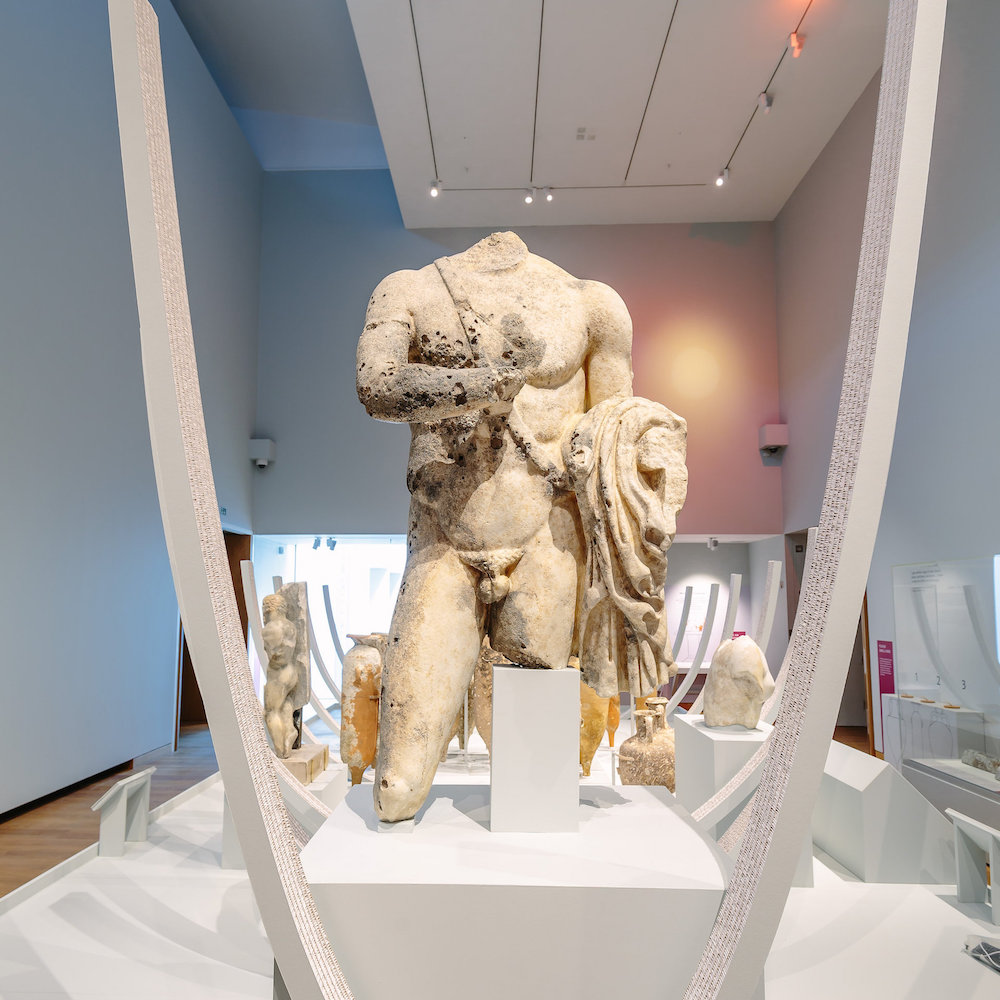Description
This piece in in great condition for its age. The drawer opens smoothly and the legs are solid and sturdy.
Background Reading- understanding more about this Arts and Crafts side table
The Arts and Crafts Movement:
The Arts and Crafts movement was a reaction against the decline in the decorative arts during the industrial revolution. The birth of the Arts and Crafts movement in Britain in the late 19th century saw a marked improvement to the design and manufacture of everything from buildings to jewellery.
Industrialisation had caused mass social deprivation, but it was not until the mid to late 19th century that something was being done about it. Hand produced items using more natural materials and design started to prioritise above the lesser quality machine made equivalent.
With artist and book illustrator Walter Crane as its first president (founded in London in 1887), decorative artists were given opportunities to display their work.
The Great Exhibition of 1851 and other spaces helped to increase kudos, but many objects were criticised for over ornamentation and inappropriate use of materials. In 1888, The Arts and Crafts Exhibition Society launched its first annual exhibition. This event raised the profile of a variety of crafts including metalwork, ceramics, furniture, and textiles. These exhibitions were pivotal to changing people’s perspective of manufactured objects.
The Arts and Crafts Movement became known widely as such in the early 20th century and consisted of various creative groups including the forenamed Exhibition Society and the Art Workers Guild along with small- and large-scale enterprises.
William Morris is probably the most well know and influential member. He believed that everyday objects could also be aesthetically pleasing and beautifully made. He wanted to see better systems where machines used in manufacturing could be used in a positive way to assist the maker. This balance would be key to improved human working conditions and the quality of output.
More than one hundred creative institutions were established at the end of the 19th century which taught by the values of the Arts and Crafts Movement.
Further information can be found on the V&A website.


